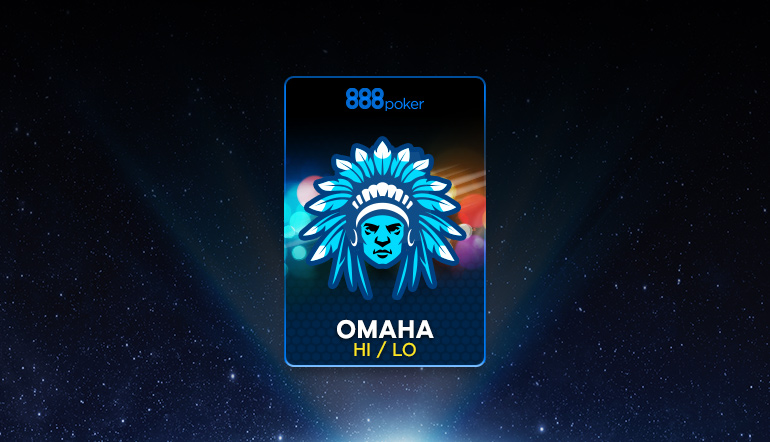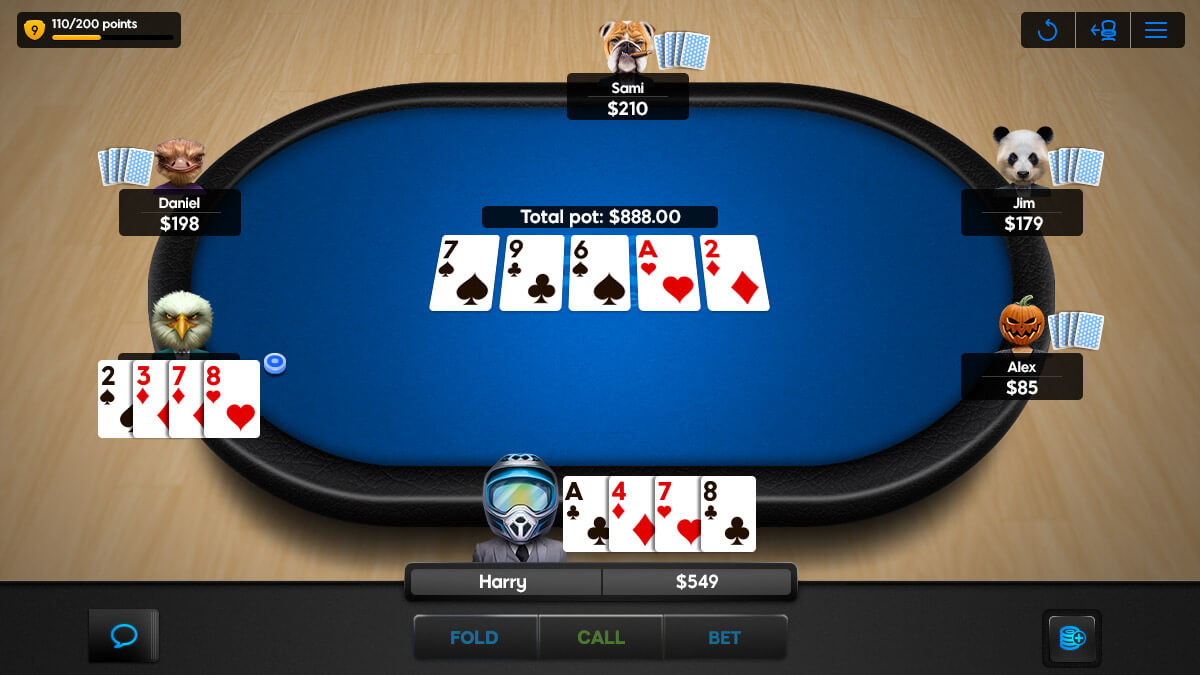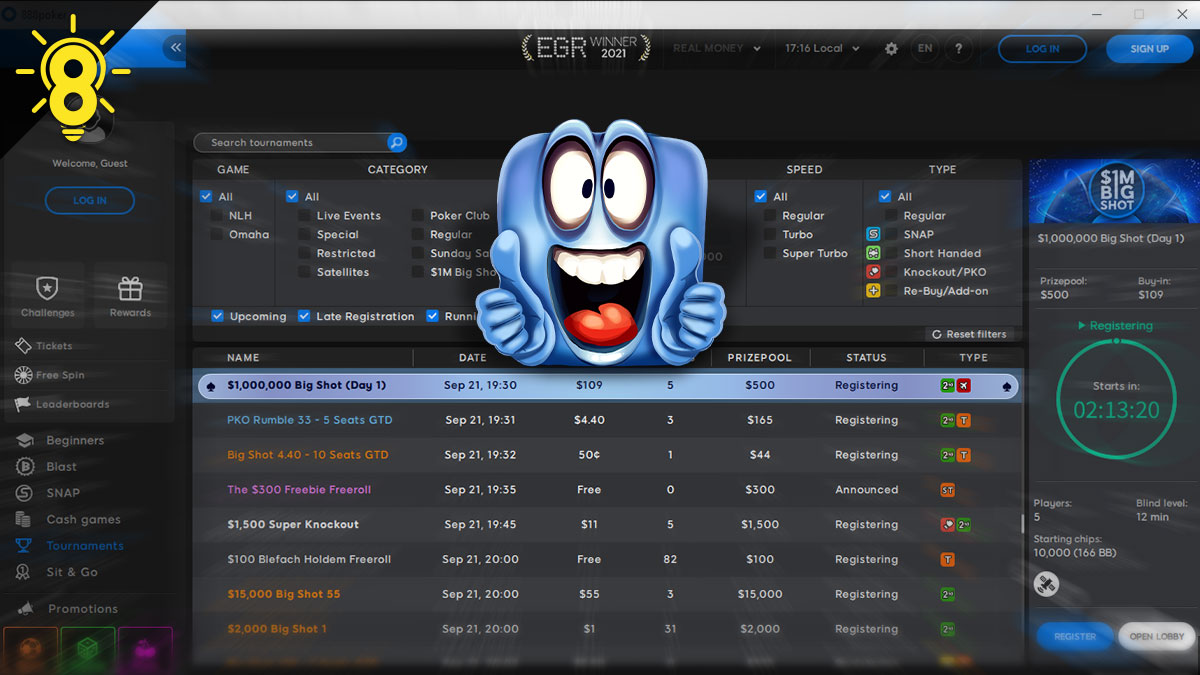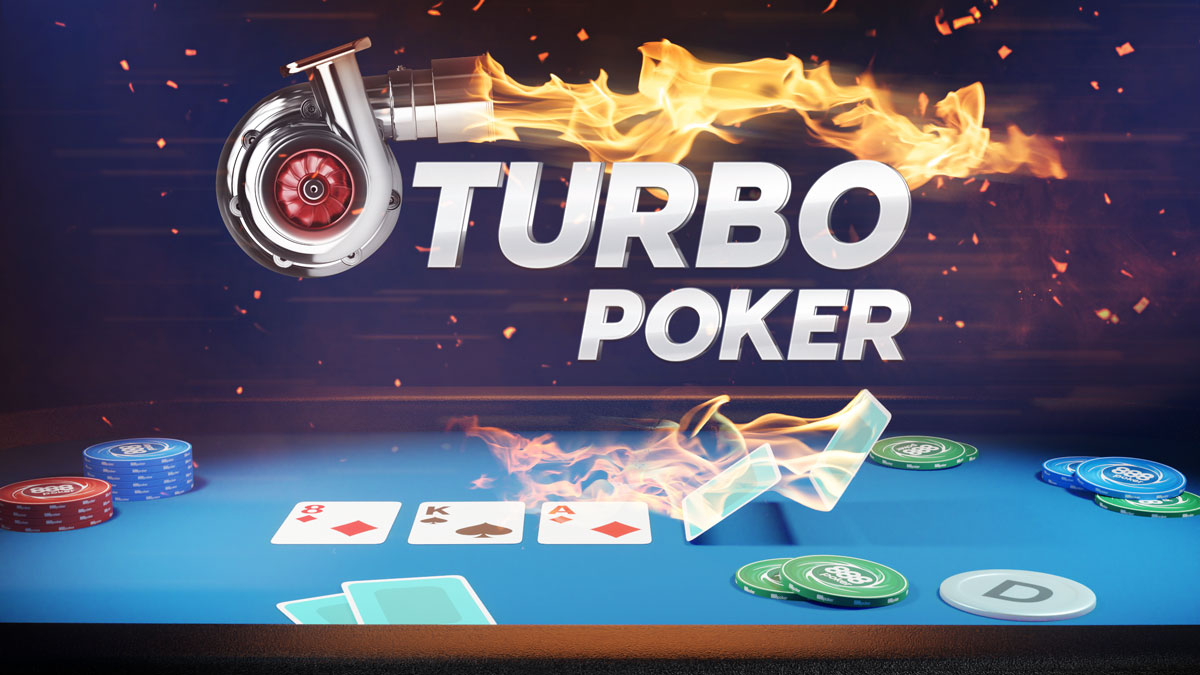If there's a poker format designed purely for enjoyment and thrill, it has to be Omaha-Hi-Lo! If you haven't experienced the rush of this fast-paced poker style, you haven't truly immersed yourself in the world of online poker. This game often features massive pots and even larger stakes to play for. poker hands .
While you could hop right in and start playing, taking the time to learn the rules and strategies will elevate your enjoyment of the game. With a deeper understanding, you'll not only be winning with stronger hands but also having a fantastic time! Additionally, 888poker offers even more opportunities to enjoy. Omaha-Hi-Lo games than you can shake a stick at.
Before we jump into the gameplay, let's discuss some essential strategic elements you'll need to grasp to navigate this action-filled game successfully.
Omaha-Hi-Lo Strategy – Essential Elements to Consider
A crucial aspect to understand about Hi-Lo is that there are actually two winning hands when the cards are revealed: a High Hand and a Low Hand, each taking home half of the pot. What's even better? If you manage to create both the best High and Low on the river, you get to take the entire pot for yourself!
In Omaha-Hi-Lo, the primary betting structure is Pot Limit, though you'll also come across many Fixed Limit tables. Ultimately, it’s up to you to decide which format to engage with. Pot Limit games tend to play similarly to No Limit when examining the size of the pots. On the other hand, Fixed Limit games impose a restriction on how much of your stack you can commit to the pot, typically capping it at four times the Big Blind on each betting round.
When participating in Omaha MTTs, employing a solid Omaha Hi-Low tournament strategy can significantly enhance your chances of progressing deep into the tournament and reaching more final tables. It involves a balance between high-quality starting hands and a comprehensive understanding of how Low hands play out.
Now, let’s delve into the strategic details of playing Omaha-Hi-Lo, starting with the selection of hands before the flop.
Starting Hands
Since there are two potential winning pots in this game, it's wise to select starting hands that have the potential to scoop both pots. A key strategy principle in Omaha is to 'aim for the low and then back into the high.' For instance, having a hand like A-A-2-X double-suited gives you a chance at the nut-low as well as the nut flush for the high. split-pot games Check out this curated Top Ten list showcasing the Best Starting Hands:
Many Hi-Lo experts will have a soft spot for any A-2-X-X combination, but not every A-2 hand is created equal. Take, for example, A-2-Q-Q double-suited versus A-2-J-8 off-suited; the former with the Queen kickers clearly outperforms the latter’s J-8 hand. It’s a lopsided battle!
- A-A-2-3 DS
- A-A-2-4 DS
- A-A-2-3 Suited
- A-A-2-5 DS
- A-A-2-4 Suited
- A-A-3-4 DS
- A-A-2-3 Non-suited
- A-A-2-2 DS
- A-A-3-5 DS
- A-A-2-6 DS
Even though achieving a low hand is vital in this variant of poker, it accounts for only 50% of the winning combination you’ll need. So, it’s important to also prioritize hands that contain cards contributing to a winning high hand.
Optimal hands often feature suited aces, substantial pairs, or high-ranking cards that can assist in making nut flushes or straights.
However, trying to achieve the Lo and actually having the best Lo are two completely different challenges in Omaha. It's not uncommon for players to call hefty river bets with a Low Hand that's actually outperformed.
Low Hands
Examine the board and the initial hands presented to see if you can identify the winning Low:
Player 1's Low configuration reads 7s-6s-4d-2d-Ac: They’ve created their optimal Low using the 7s, 6s, and 2d from the board, along with the Ac and 4d from their hand.










